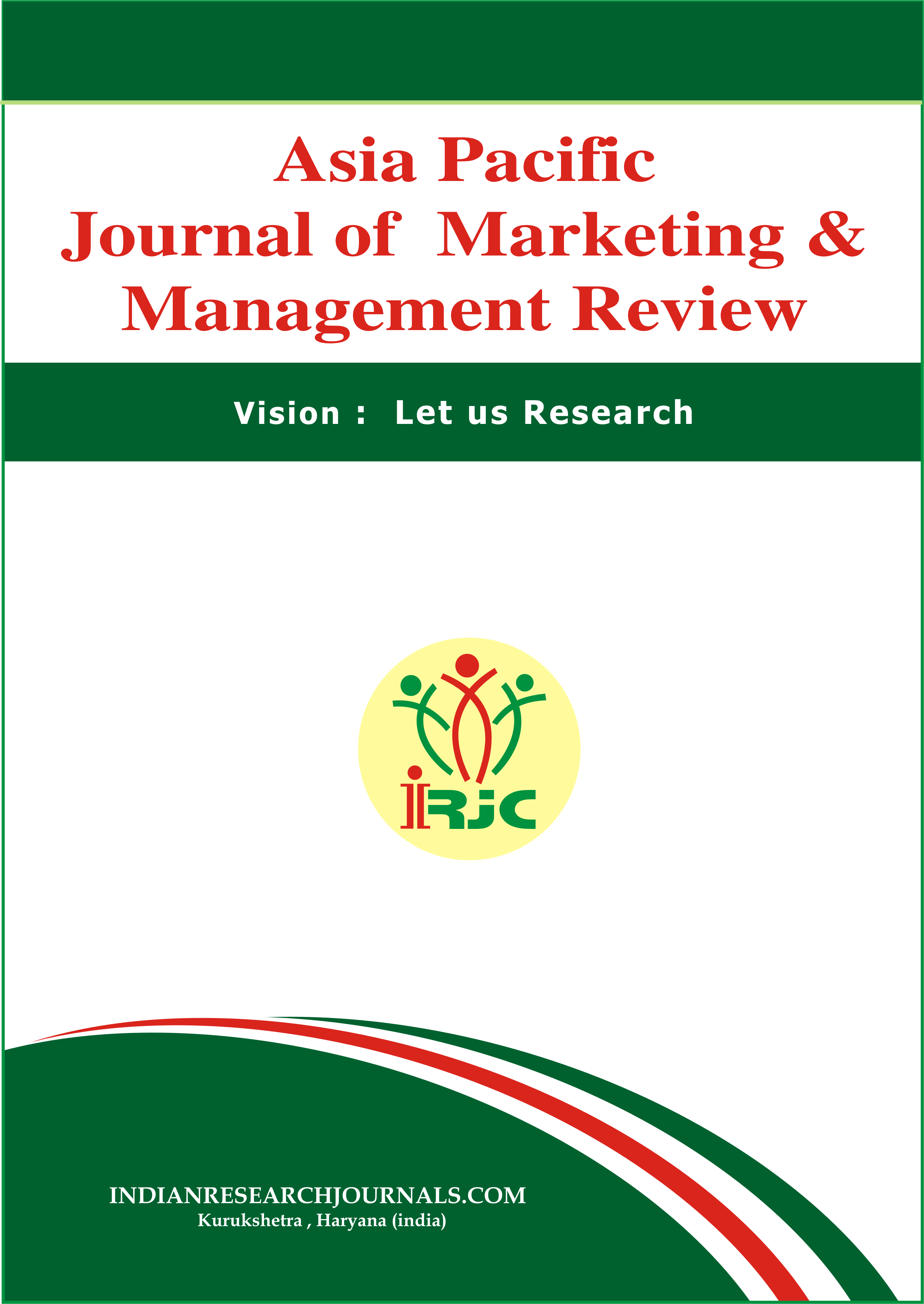STATISTICAL ANALYSIS OF INCOME INEQUALITY AND POVERTY INDICATORS
Keywords:
Income Inequality, Poverty Indicators, Gini Coefficient, Theil Index, Palma Ratio, Poverty Headcount, Statistical Analysis, Econometrics, Regression, Decomposition, Inclusive Growth, Social Policy.Abstract
Income inequality and poverty remain central issues in global economic development, particularly in emerging economies where rapid growth is often accompanied by uneven distribution of wealth. This paper presents a comprehensive statistical analysis of income inequality and poverty indicators, focusing on both their measurement and interrelationship. Utilizing cross-sectional and time-series data, key indices such as the Gini coefficient, Theil index, Palma ratio, and poverty headcount ratio are examined to assess inequality dynamics. The study applies econometric modeling, including regression analysis and panel data techniques, to identify the main socioeconomic and policy-driven determinants influencing inequality and poverty levels. Additionally, decomposition methods are used to explore the contribution of education, employment, demographic changes, and social policies to income disparities. The findings highlight the complexity of the inequality-poverty nexus and underscore the importance of targeted policy interventions that simultaneously address income distribution and poverty alleviation. The paper concludes by proposing policy recommendations grounded in statistical evidence, aimed at promoting inclusive growth and social equity.
References
Kuznets, S. (1955). Economic growth and income inequality. The American Economic Review, 45(1), 1-28.
Piketty, T. (2014). Capital in the Twenty-First Century. Harvard University Press.
World Bank. (2016). Taking on Inequality: Poverty and Shared Prosperity Report 2016. Washington, DC: World Bank.
International Monetary Fund (IMF). (2015). Causes and Consequences of Income Inequality: A Global Perspective. IMF Staff Discussion Note, SDN/15/13.
Atkinson, A. B. (1970). On the measurement of inequality. Journal of Economic Theory, 2(3), 244-263.
Theil, H. (1967). Economics and Information Theory. North-Holland Publishing Company.
Palma, J. G. (2011). Homogeneous middles vs. heterogeneous tails, and the end of the ‘Inverted-U’: The share of the rich is what it’s all about. Development and Change, 42(1), 87-153.
Fields, G. S. (2001). Distribution and Development: A New Look at the Developing World. MIT Press.
Ravallion, M. (2016). The Economics of Poverty: History, Measurement, and Policy. Oxford University Press.
Bourguignon, F. (2004). The poverty-growth-inequality triangle. Indian Council for Research on International Economic Relations (ICRIER) Working Paper.
Lustig, N. (2018). Commitment to equity handbook: Estimating the impact of fiscal policy on inequality and poverty. Brookings Institution Press.
Deaton, A. (2013). The Great Escape: Health, Wealth, and the Origins of Inequality. Princeton University Press.
United Nations Development Programme (UNDP). (2023). Human Development Report 2023: Uncertain Times, Unsettled Lives. New York: UNDP.
State Committee of the Republic of Uzbekistan on Statistics (SCRUS). (2023). Statistical Yearbook of Uzbekistan 2023. Tashkent.
Downloads
Published
Issue
Section
License
Copyright (c) 2025 GEJournals

This work is licensed under a Creative Commons Attribution-NonCommercial-NoDerivatives 4.0 International License.





